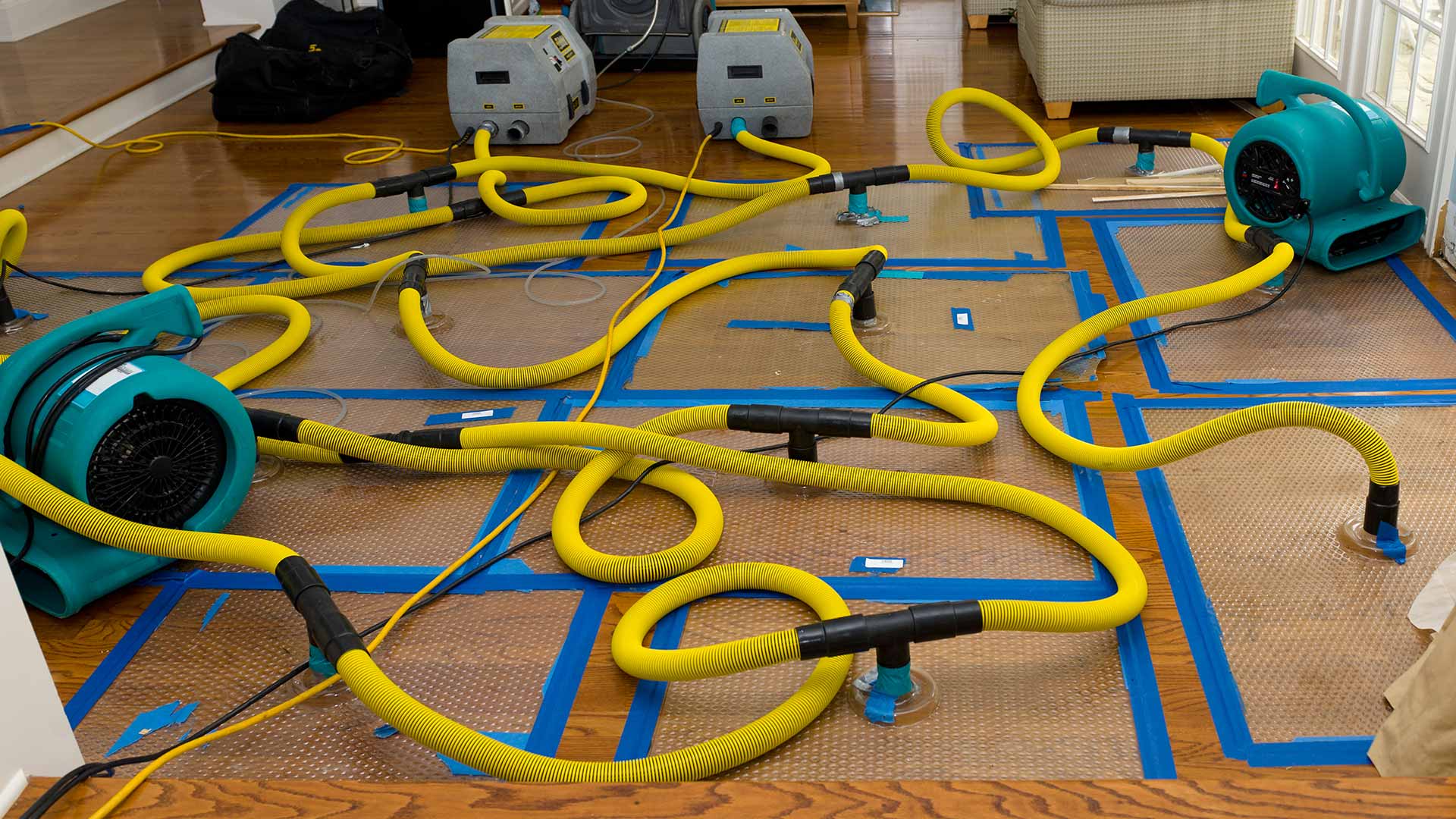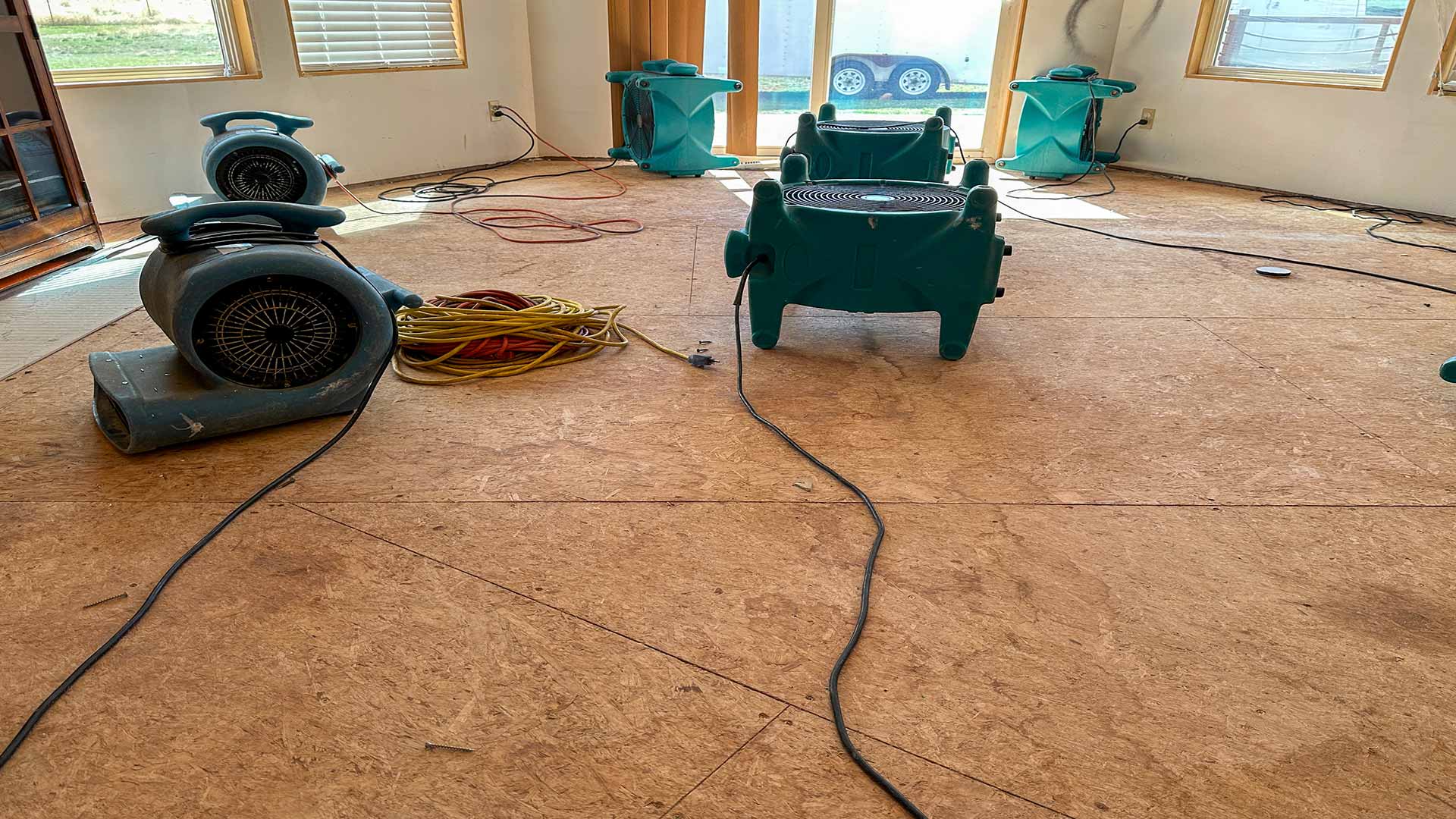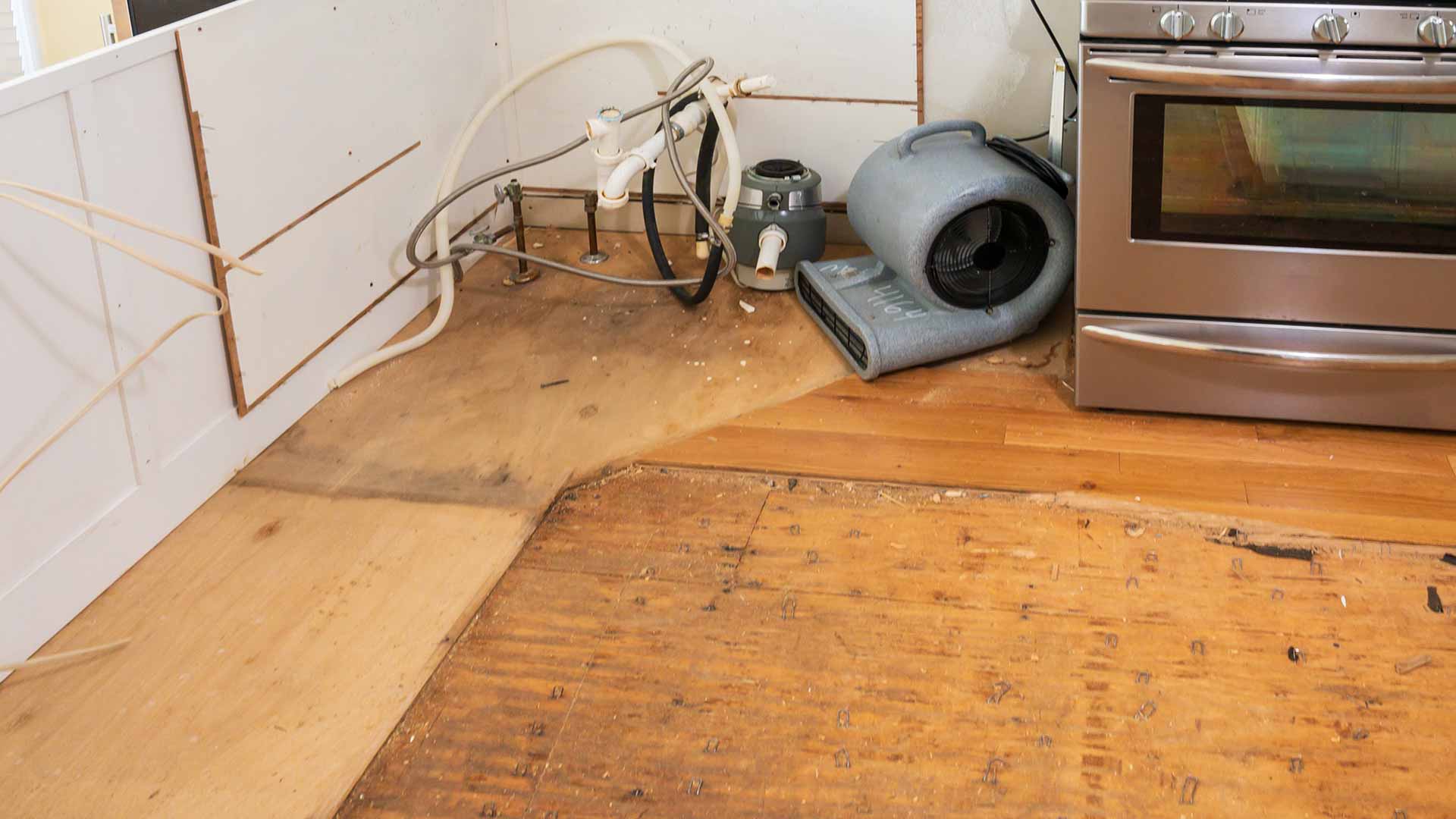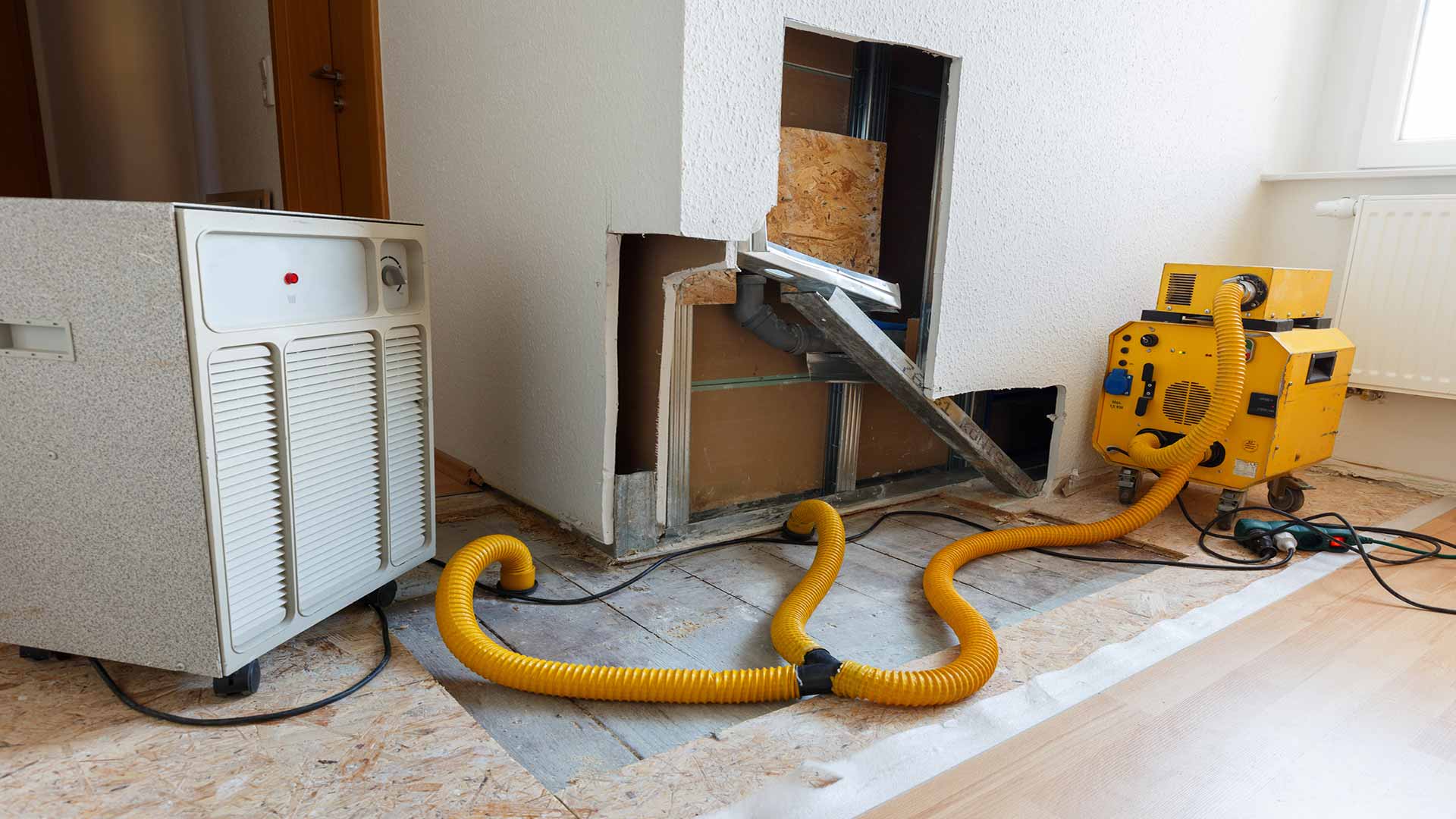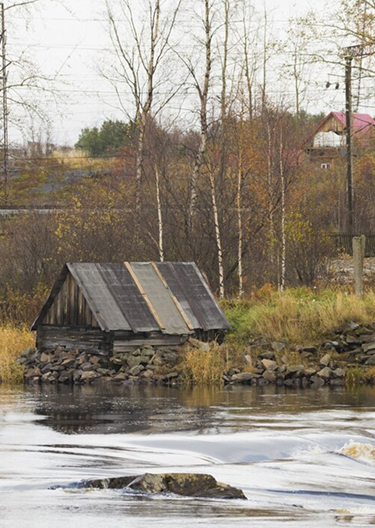Water’s out, and now you’re staring at the wreckage, do you restore what’s left or rip it up and start fresh? Homeowners agonize over soaked oak floors that took years to refinish; property managers crunch numbers on 15 ruined units, tenants breathing down their necks. It’s not a simple fix-it-or-toss-it choice, it’s a tangle of cost, emotion, and risk that demands real thought. Get it wrong, and you’re either hemorrhaging cash or living with a ticking mold bomb.
Restoration has its pull. For homeowners, it’s about saving what matters—a custom bookshelf your dad built, a fireplace surround that’s the heart of the house. Property managers see dollar signs: salvaging carpet or drywall cuts repair bills and getting tenants back faster. A good crew with dehumidifiers and air movers can work miracles—drying out wood, coaxing life back into plaster. But it’s a tightrope. If moisture lingers—say, 20% in a wall when it should be 10%—you’re rolling the dice on rot or black mold. One homeowner I know restored her floors, only to lift them a year later when the subfloor turned to mush.
Replacement feels cleaner. New drywall, new laminate, new peace of mind. Homeowners get a fresh slate—no worrying if that musty smell is imagination. Property managers can pitch “fully renovated” units to offset the chaos. But the price stings—$50 per square foot for flooring alone adds up, and that’s before labor. For managers, it’s logistics hell: tenants are displaced longer, permits delayed, budgets blown. One landlord swapped out a flooded lobby’s tile, only to have the owner’s association nitpick the color, stalling move-ins by a month.
The call hinges on data and gut. Moisture meters don’t lengthen readings from a pro. If the numbers say dry, restoration’s a contender; if they’re borderline, think twice. Homeowners, weigh what’s worth fighting for—a replaceable IKEA dresser isn’t the same as grandma’s armoire. Property managers, factors in tenants, will they tolerate a quick patch, or demand a redo? Time matters too: restoration might shave weeks off downtime, but a botched job stretches it out.
There’s no universal answer. A friend saved his 1930s trim with careful drying—worth every penny for the character. A manager I know replaced a whole floor’s carpet after a flood—tenants stayed, and the cost balanced out. Talk to your restoration team; they’ve seen the wins and flops. Test your instincts against their expertise. Water’s ruthless, but you’re not powerless, choose what fits your property, your people, and your limits.



